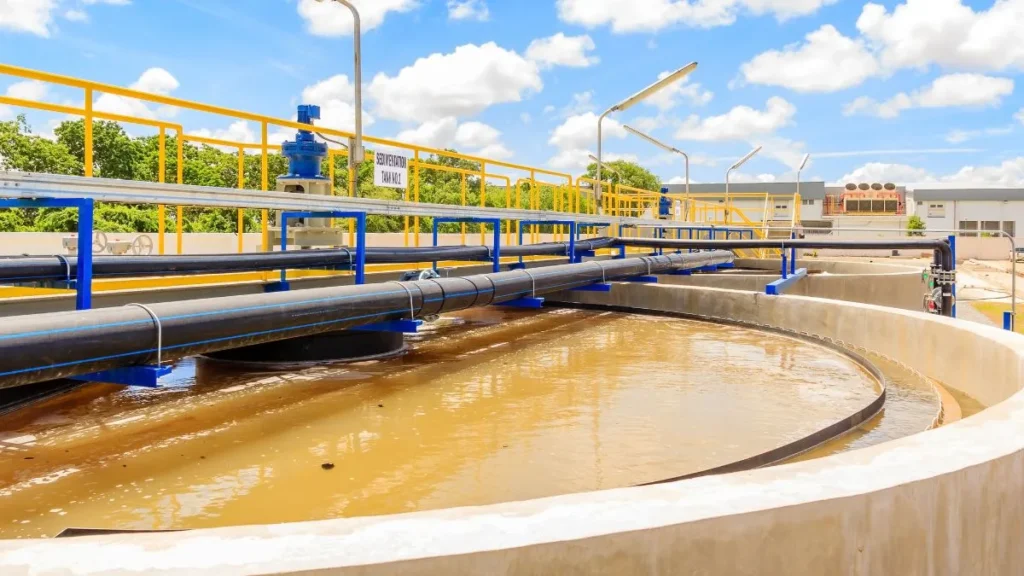Clarifier is one of the key components in water treatment systems, both in raw water treatment and wastewater treatment. Its main function is to separate solid particles from water using the principle of gravity.
However, in some cases, operators often face problems where the sludge or sludge deposits in the clarifier are too much, which can interfere with the efficiency of the water treatment process.
The sludge that settles in the clarifier can consist of various types of particles, such as sediment, organic matter, and microbial biomass (activated sludge). When the amount of sludge increases excessively, various problems can arise, such as:
- Decreased capacity for removing dirt from water.
- Increased risk of sludge carry-over, which is sludge carried out of the clarifier.
- Increased load on the next treatment unit, such as filters or disinfection systems.
- Increased operational costs due to the need for more frequent sludge disposal.
If left unchecked, this sludge accumulation not only damages the effectiveness of the clarifier but can also disrupt the entire water treatment system as a whole.
What Causes Excessive Sludge Deposits?
To understand the main causes of excess sludge deposits in the clarifier, we need to explore several factors that can trigger this condition:
1. Overloading
If the flow rate of water entering the clarifier is higher than its design capacity, the retention time becomes shorter. As a result, particles that should have settled properly are actually carried out, while the settled sludge becomes denser and accumulates.
2. Incorrect Coagulant or Flocculant Dosage
Coagulants and flocculants are used to help aggregate particles in water so that they settle more easily. If the dosage is too little, the particles cannot clump properly. Conversely, if the dosage is excessive, it can actually increase the volume of sludge due to the presence of excess chemicals in the settled sludge.
3. Problems with the Aeration Process (For Activated Sludge System)
In wastewater treatment systems that use the activated sludge process, suboptimal aeration can affect the quality of the sludge. If aeration is excessive, the sludge can become too light and not settle easily. On the other hand, if aeration is lacking, microbial biomass can die and cause more sludge accumulation.
Read Also: Why is the Activated Sludge in Wastewater Treatment Plant Not Sedimenting Properly?
4. Unbalanced Sludge Return Ratio
In an activated sludge system, some of the settled sludge is usually returned to the aeration process to maintain the microbial population. If the sludge return ratio is too high, the clarifier will experience faster sludge accumulation.
5. Changing Raw Water Quality
Variations in raw water characteristics, such as spikes in Total Suspended Solids (TSS) or changes in pH, can affect clarifier performance. If the raw water contains more fine particles or organic matter that is difficult to settle, the clarifier can experience a sudden increase in sludge load.
6. Problems with Sludge Disposal Mechanisms
The clarifier is equipped with a sludge disposal system, such as scrapers or sludge pumps. If this mechanism is not functioning properly, the sludge that should be removed will actually accumulate at the bottom of the clarifier.
How to Deal with Excessive Mud Deposits
After understanding the cause, the next step is to find an effective solution to overcome this problem. Here are some approaches that can be applied:
1. Optimizing Flow Rate to Clarifier
Make sure the flow rate of water entering the clarifier is in accordance with its design capacity. If there is a load spike, consider adding an equalization tank before the clarifier to make the load more stable.
Read Also: Poor Effluent Quality in Clarifier Tanks: Identifying and Resolving Flow Rate Issues
2. Adjusting Coagulant and Flocculant Dosage
Conduct jar tests routinely to determine the most optimal chemical dosage in forming easily precipitated flocs without increasing the volume of sludge excessively.
3. Monitoring and Optimizing the Aeration Process
For activated sludge systems, ensure that aeration is running optimally. Use a dissolved oxygen sensor (DO sensor) to control oxygen levels to suit microbial needs.
4. Adjusting the Sludge Return Ratio
If the clarifier experiences excessive sludge accumulation, consider reducing the return sludge ratio. Accurate calculations can be done by looking at the Mixed Liquor Suspended Solids (MLSS) and Sludge Volume Index (SVI) parameters.
5. Adjusting Pretreatment for Raw Water
If the raw water quality changes drastically, make adjustments at the pre-treatment stage, such as adding initial sedimentation or increasing the coagulant dose to handle higher TSS loads.
6. Maintenance and Repair of Sludge Disposal Systems
Perform regular inspections of the sludge disposal system, such as scrapers or sludge pumps, to ensure that the sludge is removed according to the operational schedule.
7. Implementation of an Automatic Monitoring System
Use sensors and SCADA systems to monitor key parameters such as sludge levels at the bottom of the clarifier, pH, and turbidity. With real-time data, operators can take immediate action if there is an indication of excessive sludge accumulation.
Optimize Your Clarifier Performance with Lautan Air Indonesia
Lautan Air Indonesia provides various solutions to overcome the problem of excess sludge in the clarifier, including:
- Providing coagulants and flocculants that suit your specific raw water conditions.
- Consulting and laboratory testing services for water treatment process optimization.
- Automatic monitoring systems to detect sludge levels in real time.
- Mechanical equipment such as efficient sludge pumps and settling systems.
- Maintenance and troubleshooting services for clarifiers and other water treatment systems.
Excessive sludge buildup in a clarifier can be an indication of an imbalance in the water treatment process. By understanding the causes—from overloading, chemical dosing errors, to mechanical issues—operators can take the right steps to optimize clarifier performance.
If you are experiencing problems with your facility’s clarifier, Lautan Air Indonesia is ready to help with integrated solutions backed by over 40 years of experience in the water treatment industry. Contact us for the best consultation and solution for your water treatment needs!



